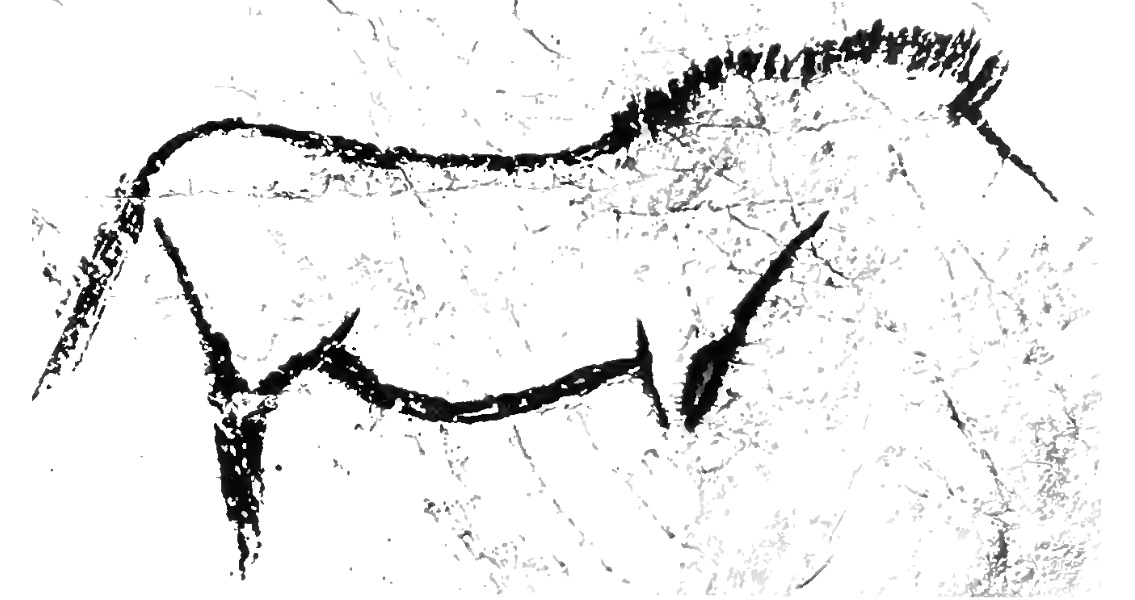<![CDATA[The Altai Mountains, lying on the border of Russia, Mongolia, China and Kazakhstan, are home to thousands of petroglyphs that fascinate archaeologists and tourists alike. Now, a team of archaeologists has begun to uncover even more extraordinary art in the region. The experts found a mind-boggling alfresco exhibit in a rarely-visited section of the Saldyar Valley, close to the Katun River and Russia's border with Mongolia. The newly discovered rock artwork is thought to date back about 5,000 years. Complete excavation cannot take place yet, as the area is currently covered in snow. The archaeologists will return next year when the snow has melted. The Altai Mountains display the handiwork of the fine artists of prehistory. The thousands of petroglyphs and drawings in the area have been studied and perused for more than a century. Not everywhere in the Altai Mountains have these carvings but many have been found, even though the jagged terrain is extremely difficult to traverse. What makes these newly unearthed carvings so interesting is that they've been drawn in a way that allows the sunlight to illuminate them, giving off light similar to that of a photo negative. One of the animals most commonly drawn was the Siberian mountain goat, which was a symbol for success and supposed to bring good luck when hunting prey. Professor Andrey Borodovsky, from the Institute of Archaeology and Ethnography at the Russian Academy of Sciences in Siberia, said there are several thousand petroglyphs in the Saldyar Valley alone. He went on to say that the area is very rarely visited by archaeologists and other researchers, because it is so far from civilization. As a result of the infrequent expeditions, many more treasures like the recent find could still be waiting to be discovered. Apart from the mountain goat, another popular depiction found in the petroglyphs was that of the long-horned bull. The bull has historically represented strength and power in cultures around the world, including Central Asia, Mycenaean Greece and Ancient Egypt. Other petroglyphs showed hunters, bows and arrows in hand, standing beside slain beasts. The strangest petroglyph the archaeologists unearthed was of a deer with large, disproportionate horns and a snout that resembled a bird's beak. Similar petroglyphs to this one have been found as far away as Mongolia and Trans-Baikal, revealing just how far the ideas of ancient people travelled. It is still a mystery as to why these petroglyphs were created, and archaeologists are trying to find clues to answer this burning question. Some theories state that the carvings were dedicated to the gods or spirits, so that they would make farmer's cattle meatier. Others believe that the carvings showed where the best hunting trails were. There is a strong possibility that the true answer to this will never be discovered, but these works of art show just how creative ancient civilisations could be.]]>
Archaeologists Find Breathtaking Carvings in the Altai Mountains
